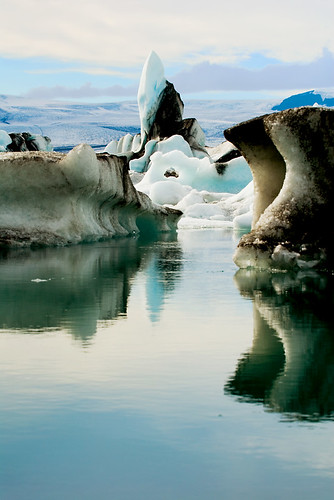Scientists are figuring out the details of global warming.
OSLO (Reuters) - U.S. scientists have figured out how icebergs break off Antarctica and Greenland, a finding that may help predict rising sea levels as the climate warms.
Writing in Friday's edition of the journal Science, they said icebergs formed fast when parent ice sheets spread out quickly over the sea.[...]
"For iceberg calving, the important variable -- the one that accounts for the largest portion of when the iceberg breaks -- is the rate at which ice shelves spread," the study said.
A fast spread means cracks form throughout the shelf and make it crack up. A slower spread means that deep cracks do not form as fast and the ice sticks together.
"The problem of when things break is a really hard problem because there is so much variability," lead author Richard Alley, of Pennsylvania State University, said.




No comments:
Post a Comment